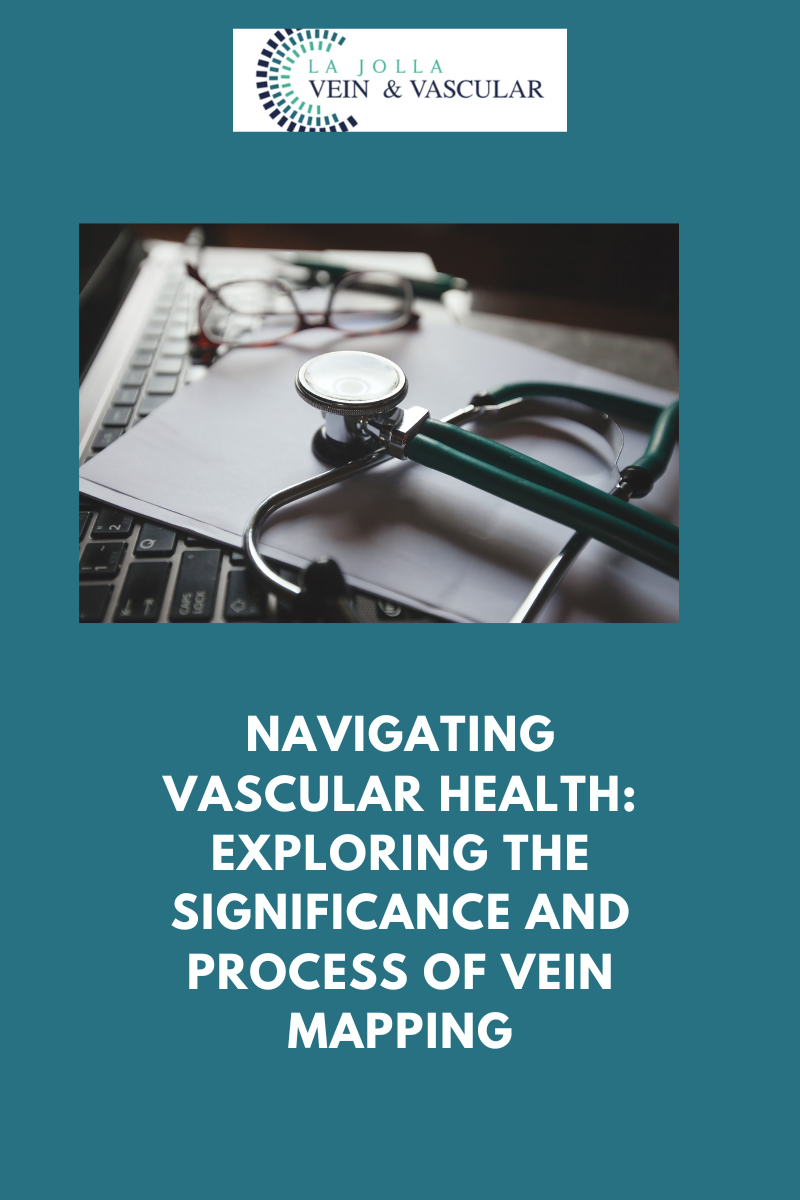What you need to know about Carotid Artery Disease

What is carotid artery disease?
Your carotid arteries are two main arteries that carry blood from your heart, up through your neck, to your brain. Healthy carotid arteries are smooth and unobstructed, allowing blood to flow freely to the brain and provide oxygen, glucose and other nutrients that your brain cells need. Carotid artery disease is a vascular disease.
Typically with age, the carotid arteries build up plaque, made up mostly of fat and cholesterol. Plaque narrows the insides of the arteries and makes them stiff. This process is commonly referred to as “hardening of the arteries,” or atherosclerosis. Carotid artery disease results when the carotid arteries become narrow or obstructed and provide a risk of the plaque traveling to the brain and causing a stroke.
What is a stroke?
Strokes are the third leading cause of death in the United States and the leading cause of perma- nent disability in older Healthy Plaque Build Up adults. Approximately 25% of strokes occur when bits of carotid plaque or clot break off and flow to the brain. If left untreated, carotid artery disease may lead to stroke, where lack of oxygen and other essential nutrients cause damage to the brain. Depending on its severity, a stroke can be fatal.
Symptoms of carotid artery disease:
- There may be no symptoms in the early stages of carotid artery disease, and stroke could be the first sign of the condition.
- Stroke, however, typically has warning signs, referred to as mini-strokes or transient ischemic attacks (TIAs).
- Mini-stroke symptoms are usually temporary, lasting a few minutes to a few hours, and should be treated as serious medical emergencies requiring immediate treatment because they are strong predictors of future stroke.
Some symptoms of stroke or TIA may include:
– Weakness, numbness, or tingling on one side of the body
– Inability to control movement of a body part
– Loss of vision or blurred vision in one or both eyes
– Inability to speak clearly
– Difficulty talking or comprehending what others are saying
Causes and risk factors of carotid disease:
- High blood pressure and age
- Diabetes
- Smoking
- High cholesterol and obesity
- Lack of exercise
- Family history of hardening of the arteries and/or stroke
Diagnosis of carotid artery disease:
If your doctor suspects carotid artery disease, it can be confirmed by undergoing a noninvasive duplex ultrasound examination. The ultrasound can also show how severe the disease is. If you experience symptoms of a mini-stroke, seek medical attention immediately. Your physician may then ask you to see a vascular specialist since they are highly trained in every type of vascular procedure.
Treatment:
Depending on the severity of your condition, treatment options may include lifestyle changes, medications, or procedures such as carotid endarterectomy (cleaning out the plaque with surgery), or in select cases, carotid artery stenting. Some patients benefit from surgery even if they are having no symptoms based upon life expectancy and degree of narrowing.
La Jolla Vein & Vascular runs the diagnostic ultrasound for Carotid Artery Disease, but will refer out for further treatment.
La Jolla Vein & Vascular (formerly La Jolla Vein Care) is committed to bringing experts together for unparalleled vein and vascular care.
Nisha Bunke, MD, Sarah Lucas, MD, and Elliot DeYoung, MD are specialists who combine their experience and expertise to offer world-class vascular care.
Our accredited center is also a nationally known teaching site and center of excellence.
For more information on treatments and to book a consultation, please give our office a call at 858-550-0330.
For a deeper dive into vein and vascular care, please check out our Youtube Channel at this link.
For more information on varicose veins and eliminating underlying venous insufficiency, check this link out full of resources.





